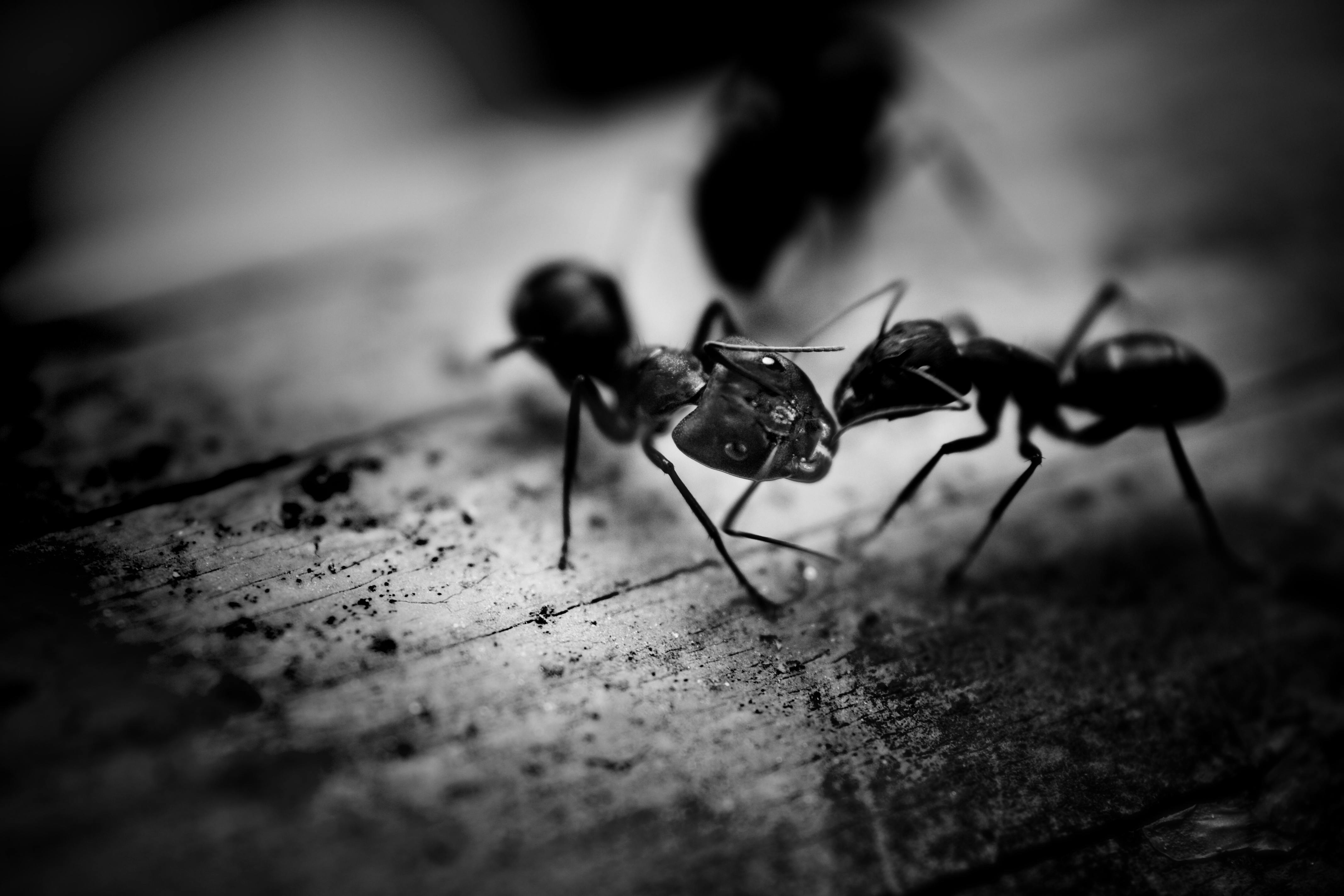Understanding the Intricate World of Ant Farms
Gaining popularity in recent years, ant farms have become a fascinating hobby for many. A window into the complex world of ants, these miniature ecosystems present a unique opportunity to observe these industrious insects in action. This article delves into the rich history and current trends involving ant farms, providing a glimpse into their estimated market value and their impact on the pet industry.

A Glimpse into the Past: The History of Ant Farms
The concept of ant farms traces back to 1900 when Charles Janet, a French entomologist, designed the first formicarium—a vivarium specifically designed for the study of ant colonies—in order to observe ants in a closer setting. It was not until 1956 that Milton Levine commercialized the concept, launching the ant farm industry that we know today.
The Modern Ant Farm: A Revolution in Design
Today’s ant farms have evolved significantly from their early predecessors. Modern designs incorporate 3D printing technology and intricate tunnel systems that mimic the ants’ natural habitats, providing them with a more stimulating environment. These advancements not only benefit the ants but also enhance the viewing experience for the enthusiasts.
The Impact of Ant Farms on the Pet Industry
The growing popularity of ant farms has made a significant impact on the pet industry. While it’s relatively difficult to estimate the exact market value due to the niche nature of the hobby, it’s clear that the demand for ant farms and related products has increased steadily over the past decade. This has led to the emergence of new businesses specializing in ant farm kits, ant species, and accessories.
The Science Behind Ant Farms: An Educational Tool
Ant farms offer more than just entertainment—they are a valuable educational tool. They allow observers to learn about ant behavior, social structure, and work ethics. Schools are increasingly incorporating ant farms into their curriculums, using them to teach biology and ecology concepts in a fun and interactive way.
The Future of Ant Farms: Sustainability and Innovation
As the interest in ant farms continues to grow, so does the commitment to sustainable and humane practices. Future trends are expected to focus on creating environments that are as close to the ants’ natural habitats as possible. Innovations may also include the integration of technology, such as live-streaming capabilities, to allow enthusiasts to share their ant farm experiences with a wider audience.
The world of ant farms is a fascinating one, offering a unique glimpse into the intricate lives of these industrious insects. As the hobby continues to grow and evolve, it’s clear that ant farms will continue to captivate enthusiasts, contribute to the pet industry, and serve as an educational tool for generations to come.




